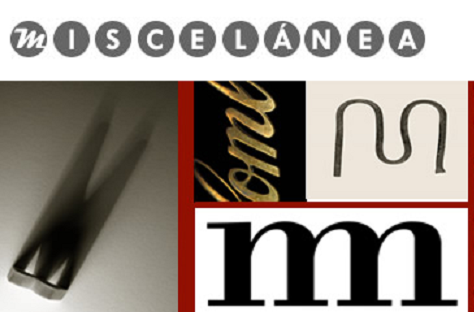Estructura retórica y manipulación del lector en Asesinato en el Orient Express de Agatha Christie
DOI:
https://doi.org/10.26754/ojs_misc/mj.20099713Palabras clave:
retórica, Teoría de la Estructura Retórica, ficción detectivesca, Agatha ChristieResumen
El presente artículo describe el uso que la autora Agatha Christie hace de la retórica para convencer a los lectores de la ‘verdad’ de la solución dada por el detective en Asesinato en el Orient Express. Recurre a una adaptación de la Teoría de la Estructura Retórica diseñada para el análisis de fragmentos largos de textos narrativos. El artículo pretende mostrar, en primer lugar, la práctica retórica de Christie y, en segundo lugar, la exposición no diagramática de la Teoría de la Estructura Retórica, con sugerencias de futuras alteraciones de este método.
Descargas
Referencias
Alexander, Marc. 2004. Marilyn and the Goats: Aspects of Persuasion and Evaluation in a Popularized Probability Problem, M.A. thesis, Glasgow: University of Glasgow.
—. 2006. Cognitive-Linguistic Manipulation and Persuasion in Agatha Christie, M.Phil. thesis, Glasgow: University of Glasgow.
Bateman, John and Judy Delin. (1994) 2006. “Rhetorical Structure Theory”. In Brown, Keith (ed.) Encyclopedia of Language and Linguistics. Amsterdam: Elsevier, vol. 10: 588-596.
Beehler, Sharon A. 1988. “Close vs. Closed Reading: Interpreting the Clues”. The English Journal, 77(6): 39-43.
Brooks, Peter. 1984. Reading for the Plot: Design and Intention in Narrative. Oxford: Clarendon.
Christie, Agatha. 2001. Murder on the Orient Express. London: HarperCollins.
—. 2003. And Then There Were None. London: HarperCollins.
—. 2004. Poirot: The Perfect Murders. London: HarperCollins.
Cockroft, Robert, and Susan Cockroft. (1992) 2005. Persuading People: An Introduction to Rhetoric. Basingstoke: Palgrave Macmillan.
Grella, George. 1970. “Murder and Manners: The Formal Detective Novel.” NOVEL: A Forum on Fiction, 4(1): 30-48.
Hark, Ina R. 1997. “Impossible Murderers: Agatha Christie and the Community of Readers”. In Delamater, Jerome H. and Ruth Prigozy. (eds.) Theory and Practice of Classic Detective Fiction. Westport, CT: Greenwood Press: 111-119.
Hoey, Michael. 2001. Textual Interaction: An Introduction to Written Discourse Analysis. London /New York: Routledge.
Leech, Geoffrey and Michael Short. 1981. Style in Fiction: A Linguistic Introduction to English Fictional Prose. London: Longman.
Mann, William C. and Sandra A. Thompson. 1987. Rhetorical Structure Theory: A Theory of Text Organization (ISI/RS-87-190). California: University of Southern California Information Sciences Institute.
—. 1988. “Rhetorical Structure Theory: Toward a Functional Theory of Text Organization.” Text, 8(3): 243-281.
Mauranen, Anna. 1993. Cultural Differences in Academic Rhetoric. Frankfurt: Peter Lang.
Osborne, Charles. 1999. The Life and Crimes of Agatha Christie. London: Harper Collins.
Palmer, Jerry. 1991. Potboilers. London: Routledge.
Swales, John M. 1990. Genre Analysis : English in Academic and Research Settings. Cambridge: Cambridge U. P.
Taboada, Maite and William C. MANN. 2006. “Rhetorical Structure Theory: Looking Back and Moving Ahead.” Discourse Studies, 8(3): 423- 459.
Wagstaff, Vanessa and Stephen Poole. 2004. Agatha Christie: A Reader’s Companion. London: Aurum Press.
Descargas
Publicado
Número
Sección
Licencia
Derechos de autor 2009 Marc Alexander

Esta obra está bajo una licencia internacional Creative Commons Atribución-NoComercial 4.0.


